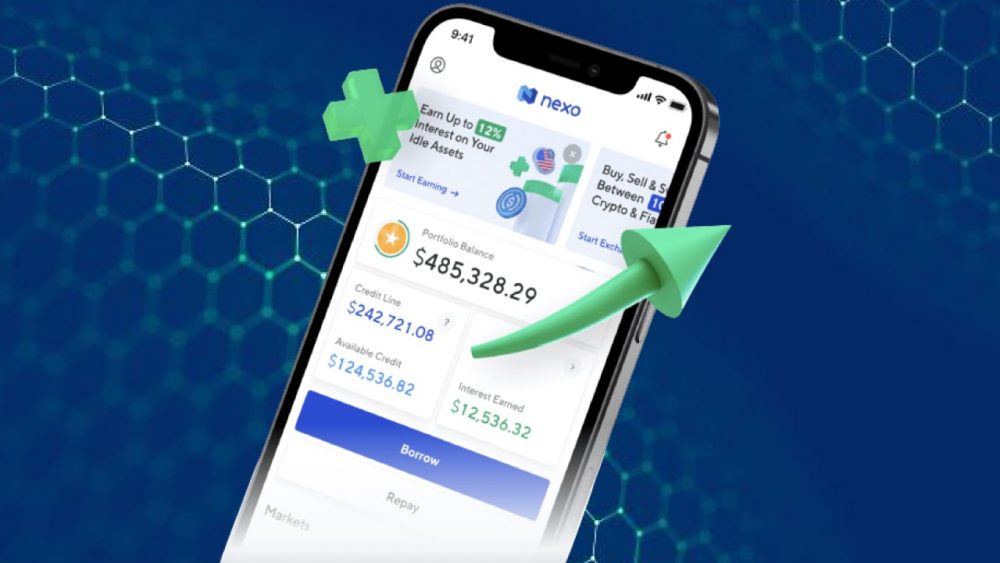In crypto, the terms APR and APY generally refer to a win. APR equals “percent annual rate” while APY equals “percent annual return”. Although these two economic concepts are important in digital currencies, they can cause confusion as they are separated by very little difference.
What Is APR In Crypto?
The concept of APR in crypto stands for “annual percentage rate”. The annual percentage rate is a way of expressing the annual rate received on a loan or earned on the return on an investment. This concept is often used in loans, credit cards, mortgages and investments.
To give a simple example; If the annual interest rate of Emirhan’s 10 thousand dollar bank account is 15 percent, Emirhan will receive 1,500 dollars in interest one year later. The 15 percent rate in this calculation meets the APR.
How is APR Calculated?
APR is usually data but can also be calculated using interest per compounding period. It should be noted that the number of periods in a year can also be less than 1, interest is rarely paid less than once a year. The formula for calculating APR is as follows:
APR = (interest rate per compound period × number of periods in a year)

What is APY in Crypto?
In crypto, APY stands for “percent annual return”. APY is actually very similar to APR except it takes into account the effects of compounding. For example, the compound is what occurs when you earn interest from the previous interest. So in the example above, if Emirhan’s bank pays the interest monthly, not annually, the total interest payment during the year will be different.
Instead of receiving $1,500 at the end of the year, Emirhan would have received some interest every month. Assuming he is not drawing the interest earned, his bank account will therefore grow a little each month. At the same time, interest will be calculated on this larger balance each month. As a result, the interest payment increases slightly each time, which is called the “compound effect”.
How is APY Calculated?
APY is calculated as shown in the formula below. Compound periods should be considered in the calculation, instead of using the standard annual interest rate, it is necessary to calculate the interest rate per period (for example, week or month).
APY = (1 + Nominal Interest Rate/number of compounding periods per year)ˆNumber of periods – 1
0 percent APR lets you borrow money at zero percent interest rates. The popular concept of the credit card world has also reached crypto. Users can borrow against their crypto without paying interest as long as their collateral has sufficient value. Protocols limit their risk by requiring more collateral than the amount borrowed.

What are the Differences Between APR and APY?
Although the concepts of APR and APY in crypto are very similar, they do not mean the same thing, there are differences between them.
APR is a simpler measure; shows a fixed annual rate. This concept is often shown as the amount of interest on personal loans or credit card debt.
The APY also shows annual rates, but also includes compound effects. The APY will go up or down depending on how often the defragmentation happens. The compounding frequency is also called the “compound period”.
In Emirhan’s case, weekly interest payments will result in a higher APY, while quarterly payments will drive him down.





